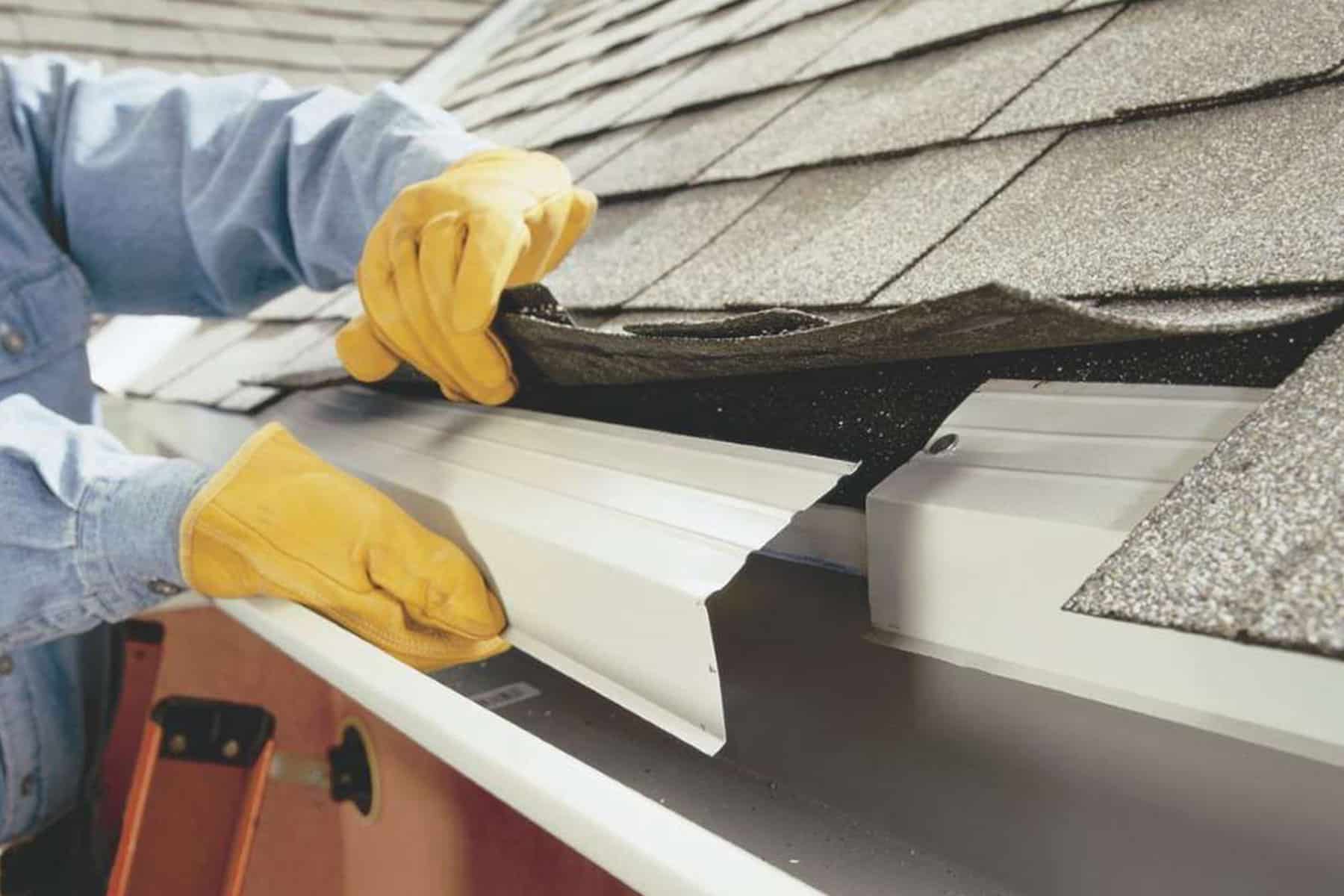Drip Edge

Definition: A drip edge is a roof component that helps protect the edges of the roof and underneath from water. It helps prolong the life of the roof and keeps the building strong. Drip edge is metal flashing installed on the roof edge. It’s usually an “L” or “T” shape, where one side extends beyond the roof. The pattern pulls the water away from the fascia and into the gutters to prevent infiltration.
The Benefits of Installing a Drip Edge
- Prevents Water Damage
- Stops water from collecting under shingles or roof tiles
- Deters rot and decay on fascia, soffits and roof deck
- Enhances Roof Durability
- Limits water egress wear and tear
- Longer life for the roof and the entire structure.
- Improves Aesthetics
- Gives smooth finish for finished effect
- Boosts curb appeal
- Complies with Building Codes
- A lot of places need drip edges when they install new roof or replace
- Prevents Pest Infestation
- Closes holes in which insects or small animals might get in.
Types of Materials
- Aluminum: Lightweight, rust-resistant, and budget-friendly.
- Galvanized Steel: Strong, long lasting, weatherproof.
- Copper: Premium grade material with great durability and beautiful looks.
What a Drip Edge Looks Like When Installed?
- Plastered under shingles and on top of the underlayment for best protection.
- Nails or screws on roof line.
- Positioned to funnel water down the gutters or away from the foundation.
Slight Problems Without a Drip Edge
- Structural collapse because of water intrusion.
- Seepage and mould in the roof decking and fascia.
- Cracks that let pests in the house.
- Falling of roof tiles early on.
Drip edges are an integral, yet easy to overlook part of a functional roof. They wick water away from the structure to avoid costly repairs and help the roof perform best for many years to come.
See our works
Giving you a sense of what a metal roof will look like in your home of commercial property





